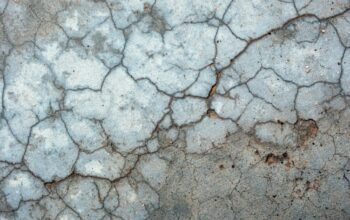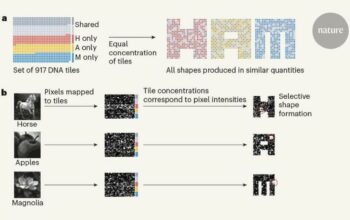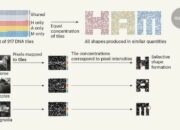The evolution of bioprinting represents a confluence of engineering, biology, and medicine, poised to redefine the paradigms of tissue engineering and regenerative medicine. This innovative technology stands at the precipice of revolutionizing how we approach biological repair and organ transplantation, embodying the essence of creation akin to how the legendary Prometheus bestowed fire upon humanity. With an arsenal of proteins, cells, and biomaterials, scientists are envisioning a future where organs are not merely harvested but fabricated in laboratories, thereby conquering the limitations imposed by the scarcity of donor organs.
Bioprinting operates on the foundational principle of additive manufacturing, a sophisticated process of layering materials to construct three-dimensional structures. By utilizing bioinks, composed of living cells and bio-compatible polymers, the technology crafts complex biological tissues with remarkable precision. The transformative potential of this methodology is most palpable in the realm of skin grafts, where the dire need for solutions to chronic wounds and burn injuries necessitates innovative approaches.
At the forefront of this technological revolution is the application of bioprinting to produce skin grafts. Traditional methods of treating burn victims often involve painful grafting procedures, often leaving patients with scars and incomplete healing. In contrast, 3D bioprinted skin, developed through an intricate layering of dermal and epidermal layers, offers a promising alternative. This approach minimizes patient discomfort and accelerates wound healing, akin to a maestro conducting a symphony of healing, orchestrating cellular growth in a harmonious interplay with the body’s natural regenerative processes.
However, the scope of bioprinting extends far beyond the construction of skin. The realm of solid organs, hitherto deemed unfathomable, is increasingly being illuminated by the gradual advancement of bioprinting technology. The aspiration to bioprint functional organs—such as hearts, kidneys, and livers—is not merely a figment of futurist imagination. Studies have shown that it is feasible to fabricate constructs resembling human organs using a repertoire of cells derived from stem cells, adult tissues, or even engineered cell lines. This evolution parallels the legendary tale of the Phoenix, as bioprinting enables the rebirth of organ regeneration initiatives.
The heart, often considered the epicenter of human life, exemplifies the complexity and challenge associated with bioprinting. Engineering a heart that functions not only structurally but also physiologically requires an understanding of bioarchitecture and vascularization—the intricate web of blood vessels crucial for sustaining the tissues. As researchers delve into the minutiae of cellular arrangement and extracellular matrix composition, they are akin to artists sculpting the very essence of life from organic clay. The quest to achieve a 3D-printed heart that beats rhythmically in sync with its biological counterparts is a pursuit laden with intense dedication and visionary ambition.
Moreover, the integration of bioprinting with cutting-edge technologies such as machine learning and artificial intelligence is heralding a new frontier in personalized medicine. By harnessing vast datasets and algorithms, it is possible to synthesize tissues tailored to the unique genetic makeup of an individual. This approach exacerbates the divergence from the traditional one-size-fits-all methodology, instead proposing a more nuanced interpretation of medical treatment paralleling the ancient art of alchemy, which sought the transmutation of base materials into gold.
Despite the dizzying array of opportunities heralded by bioprinting, several ethical and logistical quandaries loom. The implications of producing organs in a laboratory setting evoke discussions reminiscent of the age-old Frankenstein narrative. The delineation between natural and artificial, life and machinery, necessitates stringent ethical standards to ensure that progress does not outpace moral considerations. Regulatory frameworks will need to evolve, fostering an environment where innovation is pursued with due diligence and foresight.
In addition to ethical dimensions, there are technical considerations that continue to challenge the field. The creation of vascular networks to ensure nutrient delivery and waste removal in printed organs resembles constructing a metropolis wherein every cell is a resident reliant on the effective management of its infrastructure. Overcoming these hurdles requires interdisciplinary collaboration, leveraging insights from biology, engineering, and materials science to craft solutions that integrate seamlessly with human physiology.
As the field of bioprinting hurtles toward the horizon, the possibilities appear boundless. From the development of intricate scaffolds that nurture cellular growth to the printing of complex organs, each advancement serves as a harbinger of a transformative era in medicine. The continual refinement of bioprinting technologies offers a glimpse into a future where the boundaries between biology and technology blur, resembling the mythological landscape where gods and mortals interacted.
In conclusion, the future of bioprinting epitomizes the relentless pursuit of human ingenuity. As we stand on the cusp of this promising era, we must embrace the potential while remaining vigilant about the associated challenges. The journey promises not just to alleviate suffering but potentially herald a new age in the understanding of life itself, suggesting that as we design and print new tissues and organs, we are indeed sculptors of our own destiny.










